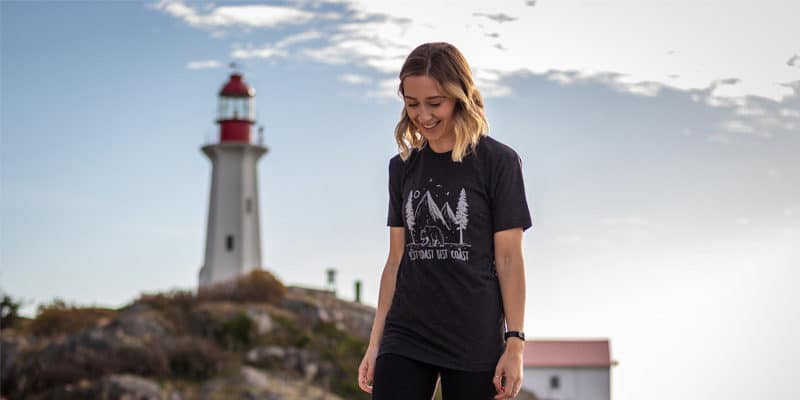As I train for my first marathon, I thought it would be fitting to review the history of the marathon, and what it’s all about. (Info from Wikipedia)
The event was instituted in commemoration of the fabled run of the Greek soldier Pheidippides, a messenger from the Battle of Marathon (the namesake of the race) to Athens. The historical accuracy of this legend is in doubt, contradicted by accounts given by Herodotus, in particular.
The marathon was one of the original modern Olympic events in 1896, though the distance did not become standardized until 1921. More than 800 major marathons are contested throughout the world each year, with the vast majority of competitors being recreational athletes. Larger marathons can have tens of thousands of participants.
The official distance for a marathon is 42.195 km or (26 miles and 385 yards) which seems kind of random. Turns out, that before 1921, any marathon was just approximately 40km, and each course would be slightly different. In 1921 the International Amateur Athletics Foundation set the official distance to match the course of the 1908 Olympics Games in London because “the dramatic finish of the 1908 Olympic marathon led to worldwide marathon fever. In a postcard sent at the time, an American spectator said he had “just seen the greatest race of the century.” The huge crowd, including Queen Alexandra, watched as the little Italian, Dorando Pietri, staggered round the final 385 yards (352 m), falling several times, and eventually being propelled by officials over the line as Irish-American Johnny Hayes got ever closer. Dorando was disqualified and Hayes was awarded the Gold Medal.”
Quick facts:
- Oldest annual marathon? The Boston marathon
- The World’s Top Ten Marathons according to Runner’s world? Click here
- Winner of the first Olympic marathon: Spiridon Louis, April 10 1986
- Olympic Men’s record: 2:06:32 set at the 2008 Summer Olympics by Samuel Kamau Wanjiru of Kenya
- Olympic Women’s record: 2:23:14 set at the 2000 Summer Olympics by Naoko Takahashi of Japan
- Greatest Canadian ‘marathoner’: “In 1980, in what was termed the Marathon of Hope, Terry Fox, who had lost a leg to cancer and so ran with one artificial leg, attained 5,373 kilometres (3,339 mi) of his proposed cross-Canada cancer fundraising run, thus maintaining an average of over 37 kilometres (23 mi), close to the planned marathon distance, for each of 143 consecutive days“
If anyone is looking to train for their first marathon, I would highly recommend this book, which has been my training manual, called The Non-Runner’s Marathon Trainer.
And some good online resources on marathon training I’ve found:
- Marathontraining.com
- A collection of articles from Runner’s World
- Marathonrookie.com




